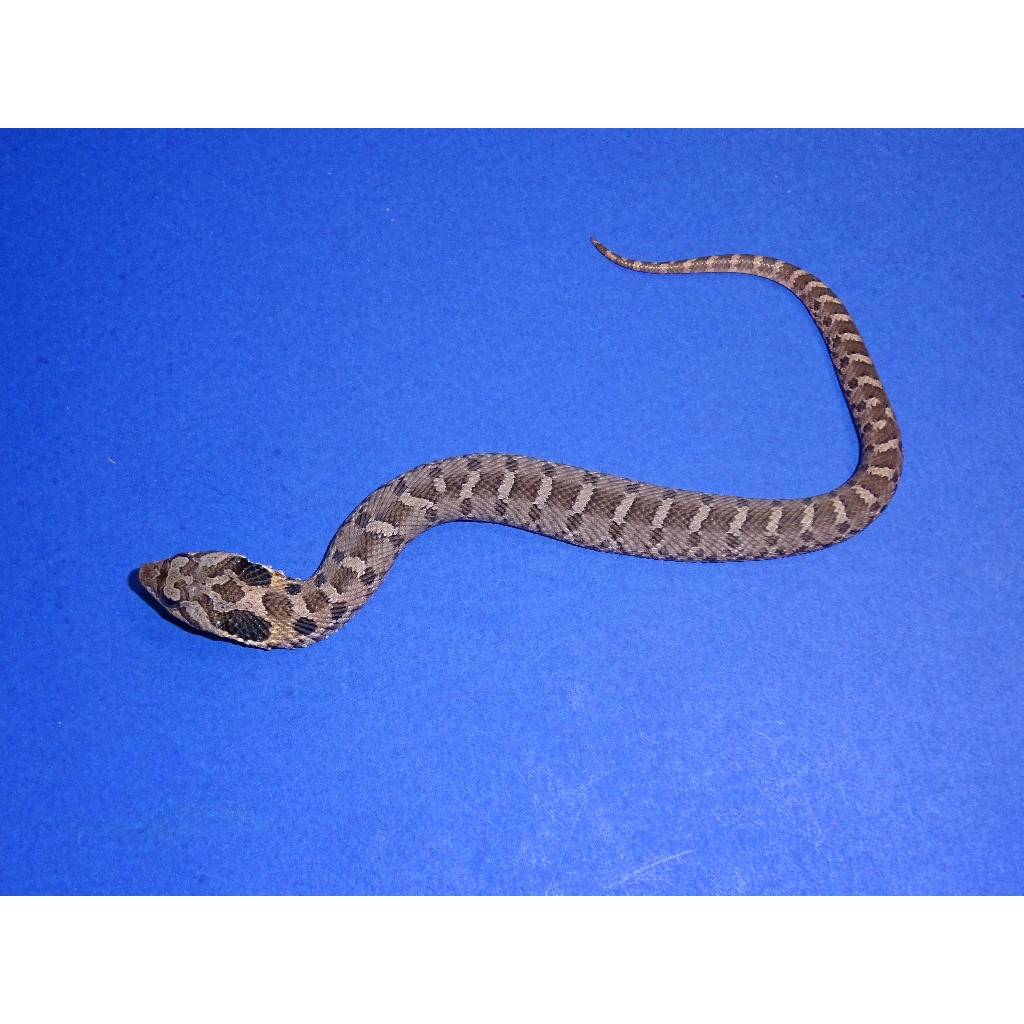

Eventually, he discovered a mutation shared by apes and humans - but missing in monkeys - in a gene called TBXT. To search for those mutations, he compared the DNA of six species of tail-less apes to nine species of tailed monkeys. Xia reasoned that our ancestors lost their tail when mutations altered one or more of these genes. Scientists are still learning how their unique activity at the end of an embryo gives rise to a tail. All of these genes are active in other parts of the developing embryo as well. Researchers have identified more than 30 genes involved in the development of tails in various species, from an iguana’s long whip to the stub on a Manx cat. “This question - where’s my tail? - has been in my head since I was a kid,” said Bo Xia, a graduate student in stem cell biology at N.Y.U. But when apes appeared in the fossil record, about 20 million years ago, they had no tail at all.

Today most living primates, such as lemurs and almost all monkeys, still have tails. The oldest known primates, dating back 66 million years, had full-fledged tails that they likely used to keep their balance in trees. Since then, paleoanthropologists have found fossils that shed some light on this transformation. “I cannot doubt that it is a rudimentary tail,” he wrote. He noted that while humans and apes lack a visible tail, they share a tiny set of vertebrae that extend beyond the pelvis - a structure known as the coccyx. This is when the baby rats begin to be much more playful and will spend a lot of the waking hours play fighting with their siblings.Although it’s impossible to definitively prove that this mutation lopped off our ancestors’ tails, “it’s as close to a smoking gun as one could hope for,” said Cedric Feschotte, a geneticist at Cornell who was not involved in the study.ĭarwin shocked his Victorian audiences by claiming that we descended from primates with tails. When their eyes open, they will begin to explore their surroundings a lot more than they did before. Before then, they are covered by a fragile layer of skin. I know this because whenever I shine a flashlight on a nest of rats, they all look towards the flashlight!īaby rats will open their eyes at around 14 days. Mother rat might hiss at you if you get too close and she feels like you are threatening her brood.īaby rats cannot see until around the 2-week stage, as this is when their eyes will open for the first time.īefore the eyes open, the baby rats can see changes in the light behind their thin eyelids. They still react to loud noise, though, from experience!

These usually open at around the day 12 stage. It is worth noting that a baby rat is born with closed ear canals. They use this squeaking to communicate with their mom. Having said that you may notice a few squeaks from the baby rats. I know this post answers the ‘what does a baby rat look like?’ question, but it is also important to know what they sound like.įirstly, baby rats make a sound, but this noise is usually too high-pitched for us regular folks to hear! It is way beyond the ability of our ears. It is normal to see baby rats huddling together unless they have started to play fight! Then they will huddle when sleeping or feeding.


 0 kommentar(er)
0 kommentar(er)
